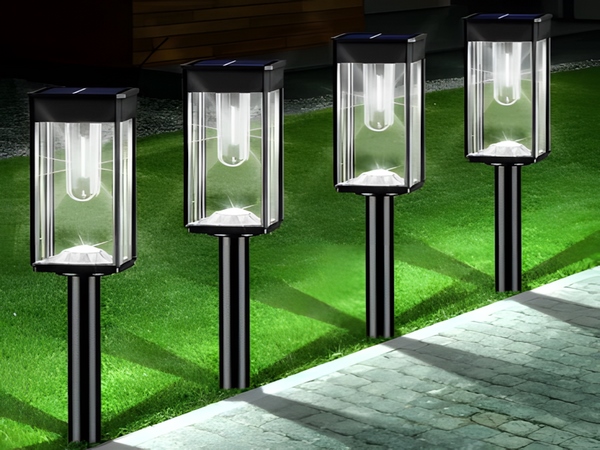
Streetlights are very common in rural areas. There are several types of streetlights installed in these areas, categorized by their power sources.
The categories include solar LED streetlights, high-pressure sodium lamps, LED AC streetlights, and wind-solar hybrid streetlights. These various types of streetlights illuminate the otherwise dark nights, providing light for those traveling at night. Despite the large-scale installation and use of streetlights in rural areas, an interesting situation has arisen: as the number of streetlights increases, the nights seem to get darker. Why is this?
During the day, rows of streetlights look both appealing and functional, but at night, they often become just decorative items, like “vases,” because they do not light up at all. There are many reasons for this, such as improper installation, the lack of maintenance for the equipment, or aging devices. Today, let’s discuss solar LED streetlights and explore how to install and design them effectively to avoid them becoming mere decorations.

Friends living in rural areas know that there are many trees and irregularly constructed buildings, so it is vital to check for any obstructions on both sides of the road where streetlights will be installed. Solar LED streetlights rely on photovoltaic panels for power generation. If there are nearby trees or buildings, they may block sunlight and hinder normal power generation. Therefore, it is important to consider the distance between these obstructions and the installation site to ensure there is no blockage from 9 AM to 3 PM.

When constructing, it is essential to pay attention to the installation environment. It is advisable to avoid low-lying areas where water might accumulate, as a foundation submerged in water can destabilize and shorten the lifespan of the streetlights.
The key factor affecting the lifespan of streetlights is the choice of equipment, which includes battery components, storage batteries, and controllers. Everyone knows that the lifespan of a storage battery is typically around three years. If one opts for cheaper, lower-quality batteries, they might only last for about two years before becoming non-functional. It’s best to select components from reputable manufacturers and aim for top-grade cells, as lower-grade components may still work but will decrease in power output over time.



